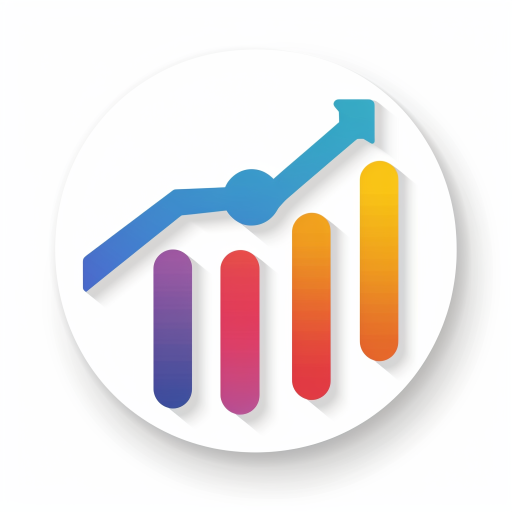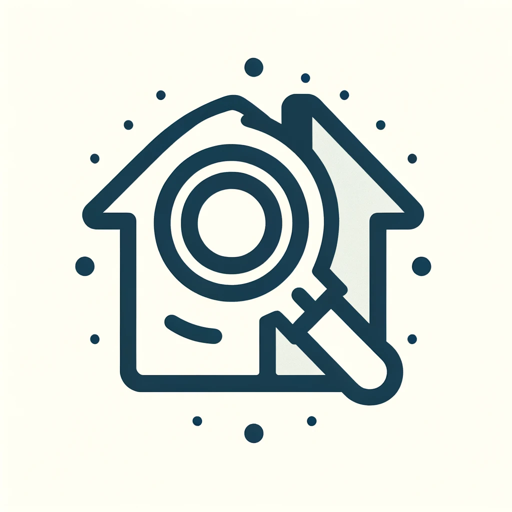Competitive Analysis-competitive analysis tool
AI-powered Competitive Insights
Enter a subject company
Related Tools
Load More
Market Research and Competitive Analysis GPT
Expert assistant for cutting-edge marketing insights and analysis, using APIs to Wolfram and other strategic sources. Continually being refined. Thank you for your support!

Startup Competitor Analysis & Market Research GPT
Use this GPT to learn how to research your competition and get a better understanding of your market

Competitor Analysis GPT
Provides competitor analysis and strategic market insights

Competitive Analysis GPT
Analyze your competitors and get valuable insights on how to improve your business/product/service.

Competitive Analysis Agent
For strategic competitive analysis, simply enter the !start [...] command populated with industry, companies, or specific interests to be considered for the analysis.

Benchmark Analyst
Expert in competitive analysis (funding, products, market position, SWOT & USP), and Google Sheets builder.
20.0 / 5 (200 votes)
Introduction to Competitive Analysis
Competitive Analysis is a strategic function within business management focused on identifying and evaluating the strengths and weaknesses of current and potential competitors. The primary purpose is to understand the market landscape, forecast potential threats, and identify opportunities for growth. Competitive Analysis involves gathering and analyzing data on competitors' products, services, market strategies, financial performance, and overall market positioning. For instance, a company launching a new product might use Competitive Analysis to study similar products from competitors, evaluating their market reception, pricing strategies, and unique selling propositions (USPs) to develop a competitive product that addresses unmet customer needs.

Main Functions of Competitive Analysis
Identifying Competitors
Example
A new tech startup uses Competitive Analysis to identify key players in the cybersecurity industry.
Scenario
The startup evaluates top companies, including their market share, product offerings, and customer reviews, to understand the competitive landscape and pinpoint areas where they can differentiate their products.
Analyzing Competitors' Strengths and Weaknesses
Example
A retail company performs a SWOT analysis on its main competitors.
Scenario
By analyzing competitors' strengths, weaknesses, opportunities, and threats, the retail company identifies gaps in the market and opportunities to enhance its own value proposition, such as improving customer service or expanding product lines.
Market Positioning and Strategy Development
Example
A pharmaceutical company uses Competitive Analysis to refine its go-to-market strategy for a new drug.
Scenario
The company studies competitors' marketing tactics, pricing strategies, and regulatory compliance to position its drug effectively in the market, ensuring competitive pricing and compliance with industry standards.
Ideal Users of Competitive Analysis Services
Business Strategists and Analysts
These professionals benefit from Competitive Analysis by gaining insights into market trends, competitor strategies, and industry dynamics, helping them develop informed business strategies and make data-driven decisions.
Product Managers and Marketers
Product managers and marketers use Competitive Analysis to understand competitors' product features, pricing, and customer feedback, enabling them to create superior products and craft effective marketing campaigns that highlight their product's unique advantages.

How to Use Competitive Analysis
Step 1
Visit aichatonline.org for a free trial without login, no need for ChatGPT Plus.
Step 2
Identify the subject company you want to analyze. Gather relevant data such as company history, market position, products, and performance metrics.
Step 3
Research the top three to five competitors in the same market. Collect similar data for each competitor, including their strengths and weaknesses compared to the subject company.
Step 4
Analyze market trends, customer demographics, and any regulatory or technological impacts. Use this data to understand the broader market context.
Step 5
Perform a SWOT analysis for the subject company, identifying specific strengths, weaknesses, opportunities, and threats. Use this analysis to develop strategic recommendations.
Try other advanced and practical GPTs
Word Weaver
AI-powered tool for creating contextual vocabulary exercises.

D2 Container Diagram Generator
AI-powered container diagram generator for structured visualizations.

Professional Profile Optimizer
AI-Powered LinkedIn and Resume Enhancements

API Documentation
AI-powered API tool for easy integration

Learn German Quest
AI-powered immersive German learning adventure

$100M AI Assistant
AI-powered solutions for every need

Create Social Media Post
AI-powered tool for impactful social posts

公文笔杆子
AI-powered official document creation tool

Real Estate Analyst
AI-powered insights for real estate success.

Sales Call GPT
Effortlessly craft winning sales call scripts with AI.

Image Emulator
Transform your images with AI power.

Humanize AI text
Transform AI Text into Human-Like Content

- Market Research
- Business Strategy
- Strategic Planning
- Competitive Intelligence
- SWOT Analysis
Competitive Analysis Q&A
What is Competitive Analysis?
Competitive Analysis is a strategic tool used to evaluate the strengths, weaknesses, opportunities, and threats of a business in relation to its competitors. It helps companies understand their market position and identify strategies to improve their competitive edge.
Why is Competitive Analysis important?
It is crucial for identifying the unique value propositions and market positions of competitors, which helps in making informed decisions on product development, marketing strategies, and business growth. It also highlights potential threats and opportunities in the market.
What kind of data is needed for Competitive Analysis?
Key data includes company history, size, market position, product portfolio, performance metrics, customer demographics, market trends, and regulatory impacts. This data provides a comprehensive view of both the subject company and its competitors.
How can Competitive Analysis help in strategic planning?
By identifying the strengths and weaknesses of competitors, companies can develop strategies to leverage their own strengths and address their weaknesses. It also helps in identifying market opportunities and potential threats, aiding in proactive strategic planning.
What are common tools used in Competitive Analysis?
Common tools include SWOT analysis, PEST analysis, Porter's Five Forces, and benchmarking. These tools help in systematically evaluating the competitive landscape and making data-driven strategic decisions.